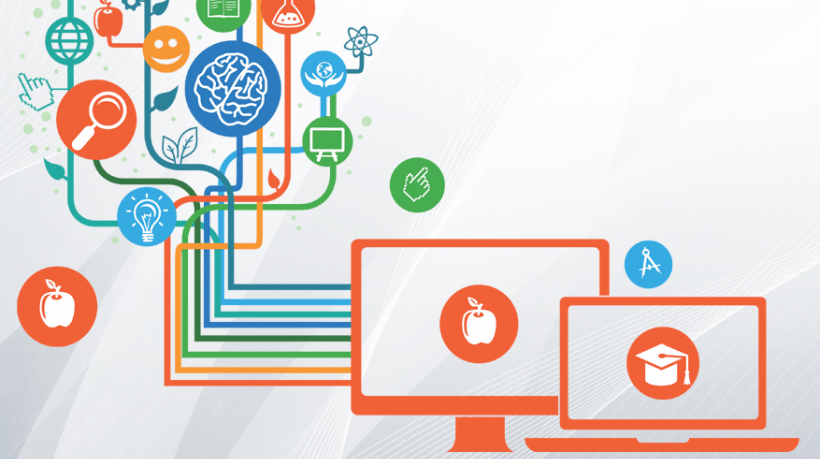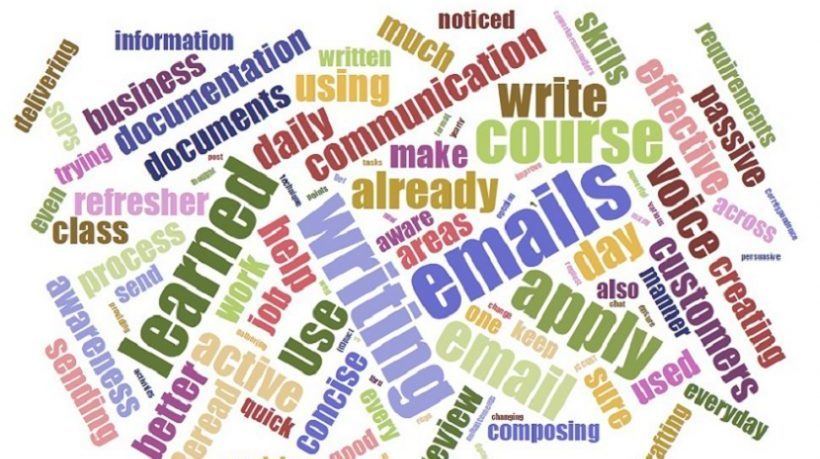How eLearning Can Support Learner Development
eLearning is becoming ubiquitous and is taking the world by storm! More and more people are being inclined towards the use of eLearning because of the wonderful benefits that it brings. People have started to become more informed of the wonders it can do for both instructors and learners alike. Whilst it’s making the lives of instructors easier by cutting down on costs and efforts invested in the development of quality learning content, it’s helping in doing more good for learners across the globe. Following are 5 significant ways eLearning is supporting learner development:
- Personalized learning approach.
Everyone tends to enjoy and value something that has been personalized for their use. Whether it’s a personalized birthday gift or personalized home décor, there’s something about personalization that makes things attractive and exciting. The same goes for eLearning. Learners can decide when they want to learn and how they wish to learn. There are no hard and fast rules and there’s no stress of being watched over. A traditional classroom learning approach cannot offer a learner control the way eLearning does. In return, this sense of control helps learners pick up concepts better and at their own pace. It also proves to be very beneficial for those learners that have social anxiety, since they can comfortably learn and excel in their learning ability that is otherwise compromised in a classroom. - Real-time access.
In the case of a classroom learning approach, learners are forced to adhere to a certain schedule. Whether the schedule is convenient for them or not, they have no choice but to follow it. eLearning eliminates this issue of scheduled learning. Course content is available around the clock and can be accessed from anywhere. The course materials can be downloaded and learners can effectively study at their own pace. Many a time, students can continue to learn without the use of internet. If they have downloaded their course material, having an internet connection will not constrain them at the time. - Improved focus and retention.
Being able to learn according to one’s will and not having someone standing there watching or judging your ability can greatly help a learner in staying focused. Learners can choose how they wish to learn and with the materials that are most suited to their learning ability. Whilst some may pick up concepts just by reading, other learners may require a visual representation of concepts. This mix of Instructional Design and multimedia proves to be very effective in offering a stellar learning experience. It also helps learners progress faster than their progression pace in a classroom. Students have online support that is readily available and can stay focused in their learning approach. With the use of engaging activities as part of an eLearning course, instructors can effectively be on top of their learner’s progress without interfering too much with the learner. Various online-based activities help students revise and review concepts before they proceed. Therefore, alongside testing the learners understanding in a more user-friendly manner, the learner is able to retain their knowledge of the course. - Failure isn’t so difficult.
Let’s admit it; it’s not easy failing in a classroom full of people. Not only is it embarrassing, but it can limit one’s ability to learn at the time. For learners with social anxiety, this may cause health problems and may even compel them to take a few days off. On the other hand, eLearning helps address the issue. It allows learners to fail without feeling frightened and embarrassed. eLearning provides a welcoming and comfortable platform for instructors and students alike. This proves to be very encouraging for learners and makes it possible for them to start over if needed. An eLearning environment also makes it easier for learners to submit their assignments without fear of their marks being called out in class. Learners have great online resources as well as course notes that can help them complete assignments in due time. - Greater ability to apply one’s knowledge.
Since the overall eLearning experience proves to be a very effective one, learners are able to get the most out of it. Their learning potential and knowledge proves to be invaluable when it comes to their careers. Since the learners are able to complete their eLearning course their way, they will be more confident in applying that knowledge when needed. It will also make it possible for students to recall important concepts and aspects covered in their eLearning course. eLearning platforms provide learners with the opportunity to use their own initiative in getting tasks completed. This is a very important skill required by the majority of employers these days. Businesses and organizations don’t always have enough time and resources to sit with their staff and train them. They are happy to provide supporting material and advice, but would absolutely love someone that can step and get started without much fuss. This aspect of the eLearning experience helps learners when applying to jobs and their potential is reflected in their mannerism. This gives eLearners the confidence they need and they won’t hold back when it comes to impressing their employers.
eLearning is invaluable and a powerful tool that can support learner development by giving innumerable students the ability to excel in their learning. Having been around for some time now, it is on the verge of academic brilliance and is definitely here to stay!









